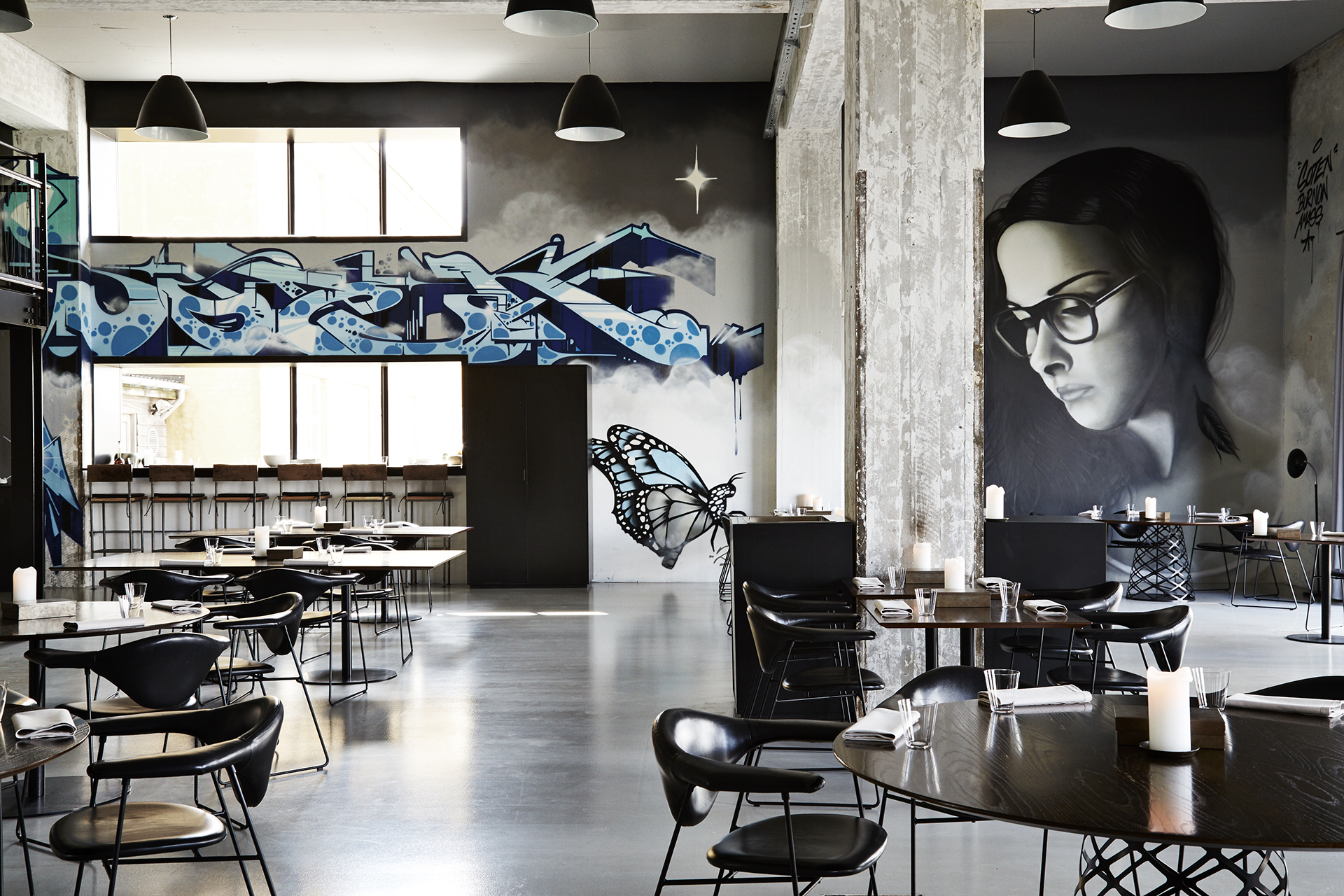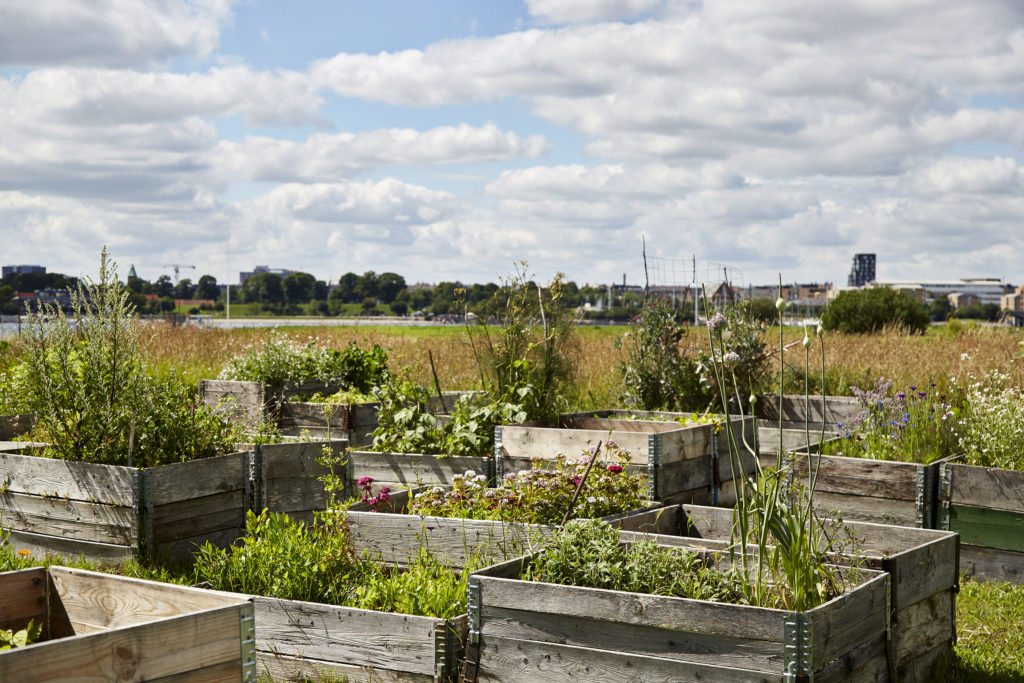Amass Chef Explains How to Hit the Money Spot With a Zero-Waste Restaurant

Photo Caption: Copenhagen's Amass feels fresh and edgy, but its operating principles are what really stands it apart from the rest. Amass Restaurant
Skift Take
Zero-waste is the food world’s latest favorite catchphrase, but only a few restaurateurs are turning the trend into sustainable profits.
For the uninitiated, here’s the rub: Globally, industrial agriculture processes and landfills full of discarded food account for roughly one quarter of all manmade greenhouse gases. That’s more than the entire transportation sector, which means what’s on your plate impacts the environment more than the car you drive.
Chef Douglas McMaster pioneered the zero waste trend in 2014 with the opening of Silo in Brighton, now coupled by his latest fine-dining venture Cub in London. In Brooklyn, Danish chef Mads Refslund, cofounder of Noma, is also picking up the torch with his soon-to-open eatery Fire and Ice. But the zero waste appeal is perhaps most fully and viscerally experienced at Amass in Copenhagen, where chef Matt Orlando and his tight-knit, 20-person staff have been quietly refining renewable techniques since 2013.
“Zero waste is talked about a lot, but 90 percent of it is all talk and no show. I didn’t want to be that restaurant,” says Orlando, a tattooed, rebel skateboarder from California who worked at Noma as a sous chef and then later as chef de cuisine, a position held for three years, before opening Amass in the industrial harbor neighborhood known as Refshaleøen. The 64-seat warehouse-style dining room suits Orlando’s aesthetic, with a freewheeling vibe, bold street art canvassing concrete walls, and a spare smattering of jet black modern furniture.
But the beating heart of the restaurant is actually just outside, where a small farm and garden play host to nightly bonfires, lit in celebration of produce unwasted in the making of the restaurant’s 10-course Nordic tasting menu.
At Amass, dishes such as salted Zander fish, dry-aged beef, and fermented potato bread are so delicious and well-presented that customers likely leave completely unaware of the assembly-line efficiency and specialty organic farm production that made the meal possible.
No-Waste Economics
A regular fine dining restaurant and a true zero-waste business share the same basic main costs: rent, staff salaries, utilities, and product. But the latter operates under the mandate of lowering carbon emissions in every way possible. This typically involves lowering electricity usage, recycling water, and adopting "nose to tail" cooking methods.
At Amass, staff members take these practices to the extreme. The staff makes do with minimal refrigerator space, source produce from local organic farms, and turn what others call waste — skins, seeds, and stems — into dried seasonings, misos, or crisps. The team has also mastered meat aging and fermenting techniques, which are a hallmark of Danish cooking and essentially produce more meals from less food.
But while operating a zero-waste restaurant sounds altruistic, upfront costs can be daunting. For example, to open Amass, Orlando needed a higher-than-average headcount, because of the extra steps involved in zero-waste cooking. Luckily, other expenses can quickly turn into savings. For example, Orlando bought eight $250 dehydrators to ensure food byproducts would be dried and used, instead of taking up dead space. “A 15-gallon container, when processed via lactic fermentation or ground into a powder, becomes less than one quart of product,” said Orlando, clearly eager to see others in the industry test his methods, which he insists can deliver a return on investment.
“We were always profitable because of lower food costs,” says Orlando of his five-year-old restaurant. An average fine dining operation runs a 30 to 35 percent food cost in its budget, whereas Amass spends only 18 percent of its budget on food.
Still, it’s certainly not a cake walk. In order for Amass to break even, it must take in 335,000 kroner ($56,000 USD) per week, by charging $163 per person for each pre-fixe menu. And of course, the restaurant industry is cyclical, and littered with finicky customers.

photo courtesy of Amass
Managing Expectations
Most people who eat at Amass aren’t aware of its sustainability efforts, they don’t necessarily care, and no amount of marketing is going to instantly change that. Visitors come to Copenhagen for a great dining experience, and they’re paying good money to get it. So when Chef Orlando sets down a mere 20 grams of expensive, ethically raised aged beef in front of a hungry diner, they might get cranky.
“It’s funny, you put this small portion down in front of people, and they look at you like it’s a joke. But most of the time, they don’t want any more because the taste is so rich,” said Orlando. He’s standing inside a second-floor meat storage room, where huge tranches of bone-on dairy cattle hang ripening to the thick consistency of blue cheese. One single tranche will yield 80 to 90 portions.
There’s a certain charm in Amass’ rare methods, evidenced by its consistent use of endangered heritage eggs, which are five times more expensive than regular farm-raised eggs. “Sometimes it’s really frustrating. We serve an endangered species, but when you serve cabbage in a different dish later on, they’re like: This is cabbage. They instantly forgot about the langoustine, beef tartare, and heritage eggs,” Orlando said.
The art of making money at this game is to elegantly balance the expensive dishes with the less expensive ones to stay within the budget, without anyone seeming to notice.
Looking Ahead
To stay relevant and compete with another well-known Copenhagen restaurant recently reopened within walking distance of Amass, Orlando is expanding his business with a new organic brewery. Opening this fall, the brewery will be named Broaden & Build, and will feature a test kitchen, where Amass staff can continue developing and teaching zero-waste techniques. The brewery will house its own casual restaurant.
To fund the new concept, Orlando solicited $2 million from private investors. His idea is to expand on Amass’ zero-waste ethos, building an add-on business that can attract more visitors. The kitchen team will be led by head chef David Parrott, who already works closely with Orlando, and the building designed by Lendager Group Architects, who are known for aggressive sustainability (which well suits the Amass brand.) Brewers from Italy, San Francisco, and Denmark have signed on, as the project swiftly takes shape.
Meanwhile, Amass’ outdoor bonfires will be lighting up the Danish summer, while guests sip wine and eat campfire marshmallow s’mores torched with recycled coffee vinegar. The fact that the staff will later use the bonfire ash to make lye, and soak vegetables in it for added texture, is just part of the experience.
Jennifer Parker is a writer and reporter based in New York City, covering culture, travel, and the travel industry. Her work frequently appears in esteemed publications such as Bloomberg Pursuits, Saveur magazine, Watch Journal, and the Washington Post.

The travel industry's top event returns this fall.
September 16-18, 2025 - NEW YORK CITY
